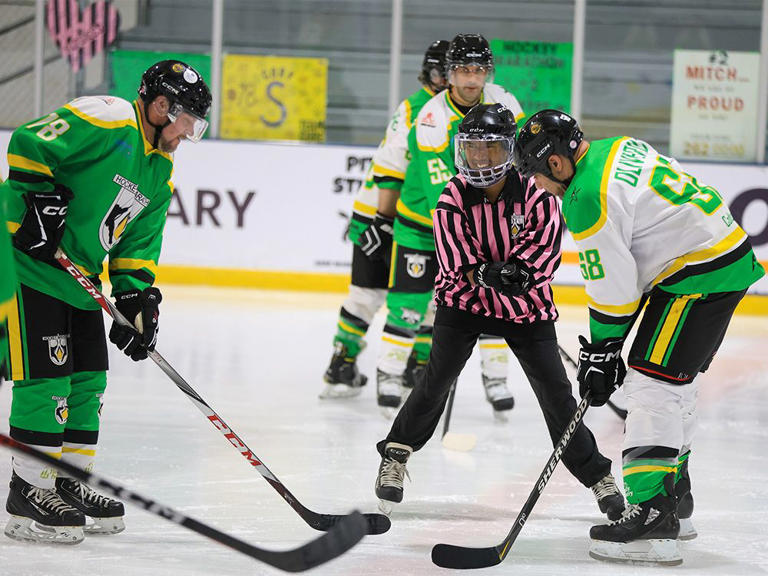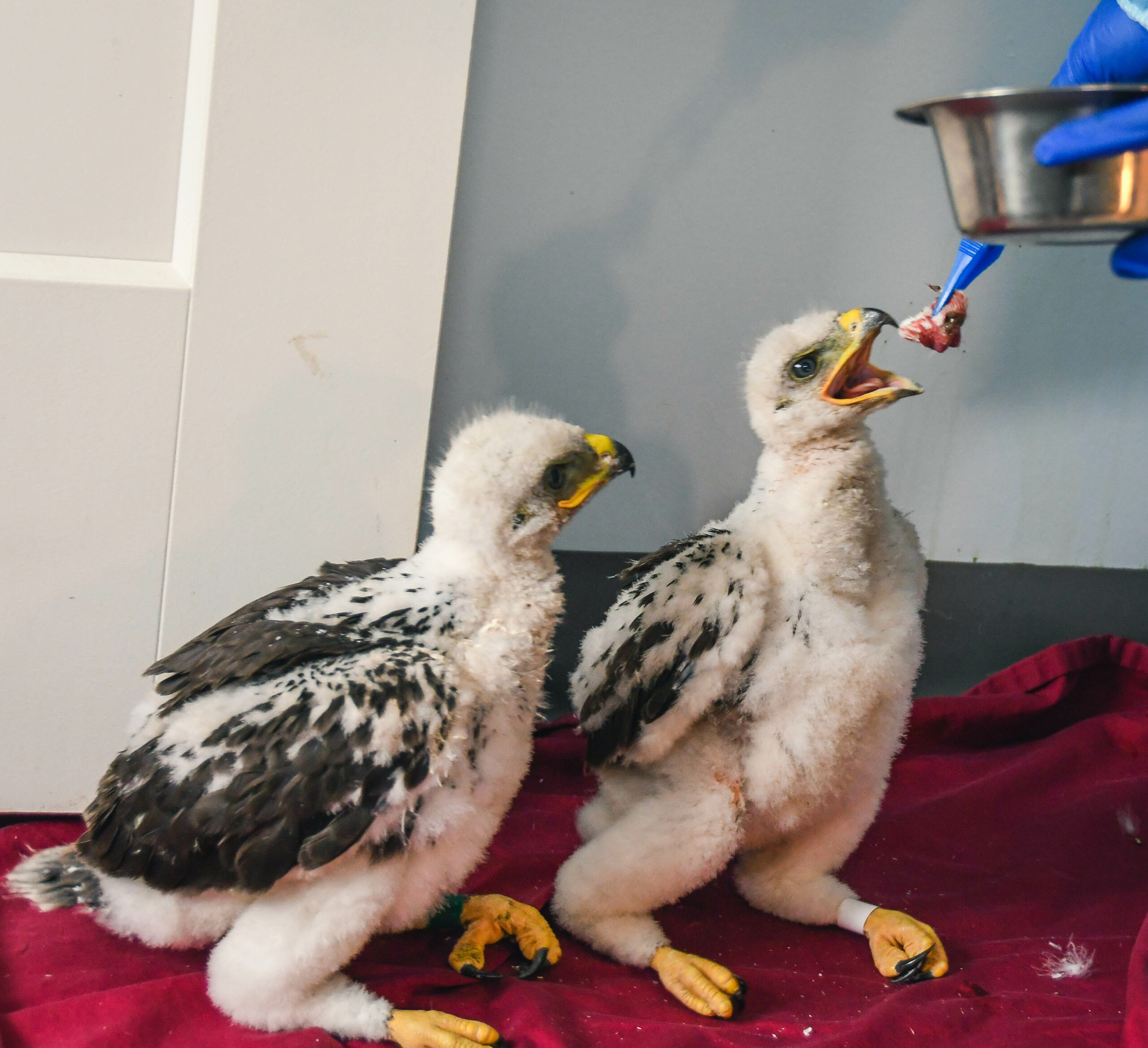With the school year quickly coming to an end and the temperatures rising daily, children are eagerly adventuring outside to explore the neighbourhood and to participate in many of the summer activities we look forward to. Here in Chestermere, the new bike park will likely be a haven for children that enjoy the challenge of the rough terrain and steep hills. Others will venture over to our new public beach where you will find a multitude of summer sports and activities taking place. Many popular summer activities such as bike riding, skateboarding, swimming, baseball, and street hockey are unfortunately notorious for dental trauma. I had the opportunity to sit down with Chestermere’s new Pediatric Dentist, Dr. Ethan Zuker, to answer a few questions about what to do in case of dental trauma.
Who’s Most at Risk?
 Children between the ages of 2 and 3 are most at risk for dental trauma. Children in this age group are still in the process of developing their motor skill coordination making falls and accidental collisions quite common. Falls, traffic accident, violence and sports related injuries are the most common cause of trauma to the adult teeth. The 7 to 11 year old kids are the most at risk for sports related injuries.
Children between the ages of 2 and 3 are most at risk for dental trauma. Children in this age group are still in the process of developing their motor skill coordination making falls and accidental collisions quite common. Falls, traffic accident, violence and sports related injuries are the most common cause of trauma to the adult teeth. The 7 to 11 year old kids are the most at risk for sports related injuries.
When dental trauma occurs, it can be quite frightening for everyone involved. It is best to try to remain calm and follow these guidelines for managing dental trauma until you can see your dentist or physician:
Broken Teeth
When a tooth breaks or chips try to collect as many of the tooth fragments as possible. This will allow your dentist to rule out if any of the pieces are embedded in the lips or other lacerated soft tissue or if aspiration has occurred. Another reason to keep the pieces, especially if it is a large fracture, is to reattach the fragment instead of building the entire tooth up with dental material.
When to see your dentist: Visible fractures or cracks may require treatment from your dentist. While this does not require immediate attention from your dentist, if bleeding can be seen coming from inside the broken tooth, try and see your dentist within a week but preferably sooner.
Knocked Out Teeth
 Having a tooth knocked out can be very scary for anyone, especially a child. Remain calm and locate the tooth immediately. If the tooth is an adult tooth, you will want to rinse it off in cold water, and insert it back into the socket within 5 minutes of the trauma occurring. If you are unable to replant the tooth back into the socket, it is very important to prevent the tooth from drying out. If the tooth is knocked out during a sporting event, inquire with their first-aide to see if they have a product called Viaspan or Hank’s Balanced Salt Solution as these products are highly recommended for storing a tooth that has been knocked out. The next best medium for a tooth is a small container of cold milk. However, if milk is not available, placing the tooth in a container with cold water will help ensure the tooth does not dry out but this should be the last option if nothing else is available.
Having a tooth knocked out can be very scary for anyone, especially a child. Remain calm and locate the tooth immediately. If the tooth is an adult tooth, you will want to rinse it off in cold water, and insert it back into the socket within 5 minutes of the trauma occurring. If you are unable to replant the tooth back into the socket, it is very important to prevent the tooth from drying out. If the tooth is knocked out during a sporting event, inquire with their first-aide to see if they have a product called Viaspan or Hank’s Balanced Salt Solution as these products are highly recommended for storing a tooth that has been knocked out. The next best medium for a tooth is a small container of cold milk. However, if milk is not available, placing the tooth in a container with cold water will help ensure the tooth does not dry out but this should be the last option if nothing else is available.
Baby teeth that are knocked out should NOT be replanted into the socket as this can cause permanent damage to the developing adult teeth.
When to see your dentist: Call your dentist immediately or head to an emergency department to have the tooth treated. Likely the tooth will need to be splinted to ensure the health of the tooth and to minimize the risk of aspiration. Time is the biggest factor for the vitality of the tooth. Preferably, the tooth needs to be placed back in the socket within 20 minutes.
Loose and Malpositioned Teeth
Teeth that have been hit do not always fall out of the mouth. What ends up happening is something called concussion, subluxation, or luxation. Concussion occurs when a tooth sustains injury but no mobility can be noted. Subluxation is an injury to both the tooth and the tissues that support the teeth. What takes place is essentially the loosening of the ligaments that support the tooth, causing it to move around in the socket but it still remains in the same location as it did prior to injury. Luxation occurs when the tooth is physically moved from the position it was prior to injury. This can be in any direction- toward the gums, away from the gums, toward the back of the mouth, and out toward the lips.
When to see your dentist: If the teeth are loose but there is no risk of aspiration, try and see your dentist within a week of injury. This will allow you dentist to obtain an x-ray and rule out a root fracture. If the tooth is out of their normal position, see your dentist as soon as possible. Your dentist might choose to reposition and splint the teeth back into place. He will also look for any chips or cracks that may have occurred.
Soft Tissue Injuries
The head and neck have many blood vessels so when there is trauma to the mouth, bleeding is a very common occurrence. To stop the bleeding apply direct pressure to the area with gauze or a clean piece of fabric. If there is swelling, using a cold compress will help reduce swelling and provide pain relief.
When to see your dentist: If there is profuse bleeding after 10 minutes of direct pressure, seek care at an emergency room or contact your dentist. In some cases, stitches might be required.
It is important to note that regardless of the injury, if at any time the person loses consciousness, becomes very tired, feels dizzy, or has nausea or vomiting, seek medical attention right away to rule out a closed head injury or concussion.
Prevention
Unfortunately, dental trauma is very common. There are ways to help reduce the risk of a traumatic injury to the mouth such as:
• Wearing a custom mouthguard: a custom mouthguard is used to protect the teeth from trauma by distributing the force of impact. Custom mouthguards made by your dental office are more comfortable and allows the person to breathe much easier, as opposed to the boil-and-bite versions you can find in sporting goods stores.
• Wearing a helmet with a full-face guard: Many bicycle related injures occur when the face strikes the ground when flipping over the handlebars. A full-face guard is highly recommended.
Accidents are going to happen no matter how careful we are. It is beneficial to talk to your kids about safety especially during riskier activities.
Thank you again to Dr. Ethan Zuker for sitting down and discussing how to be prepared for dental trauma.
Have a fun and safe summer!








